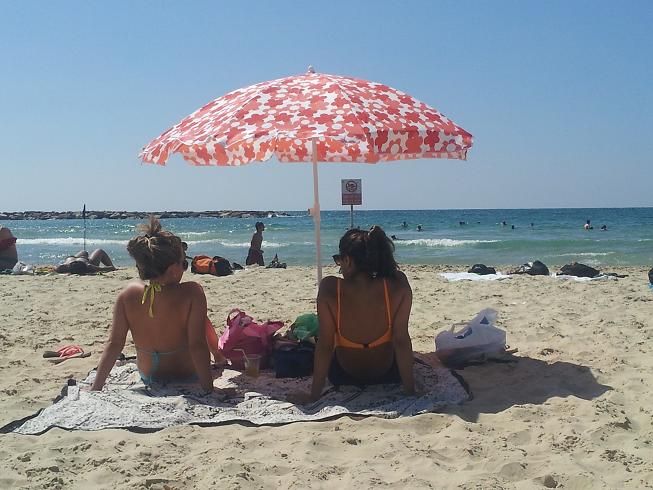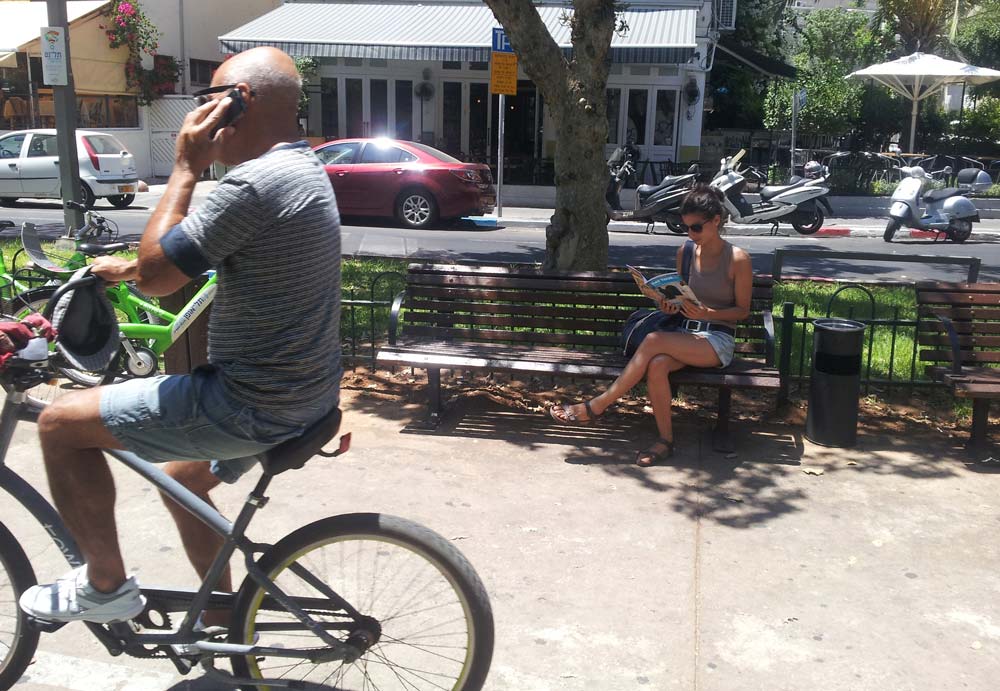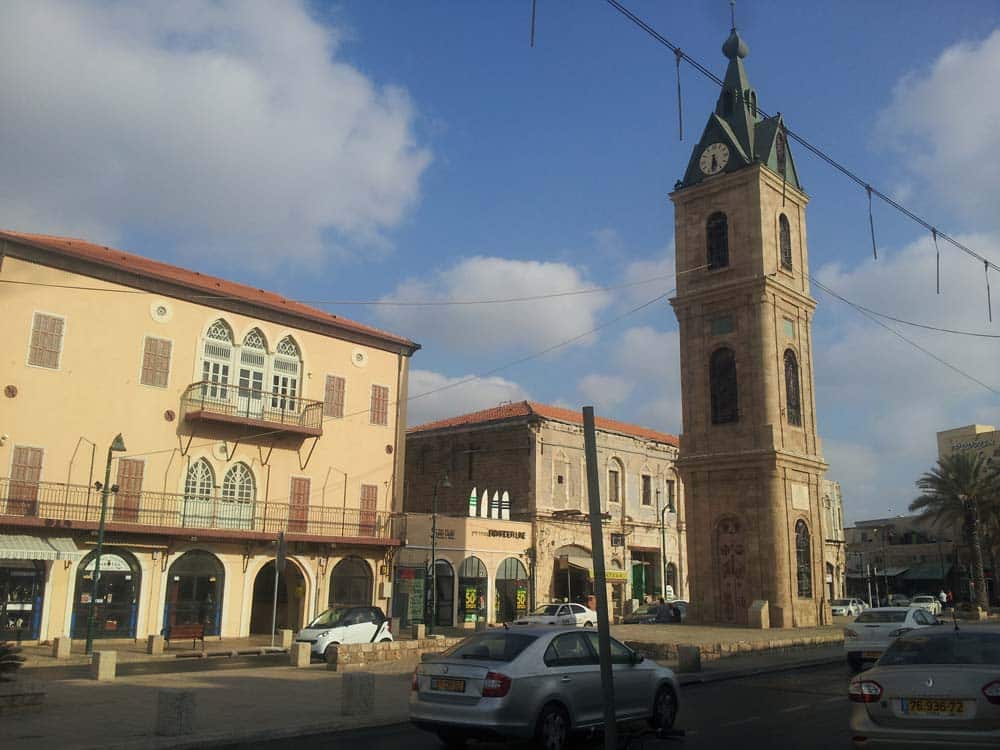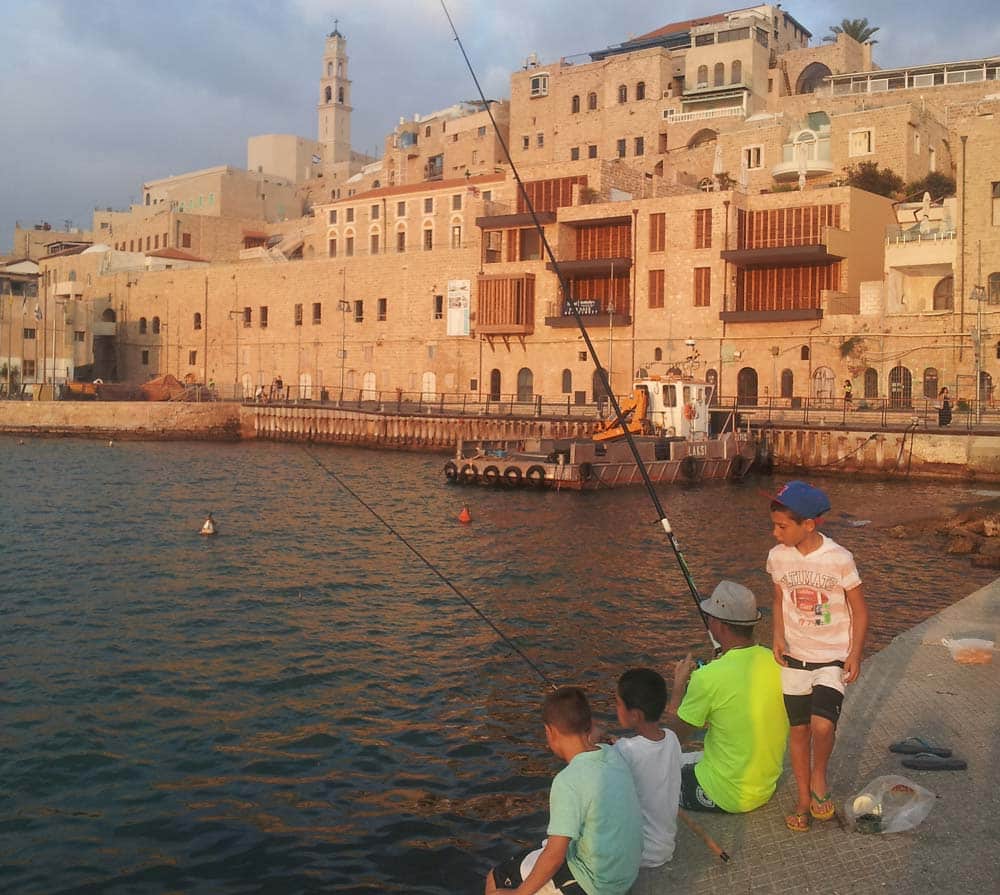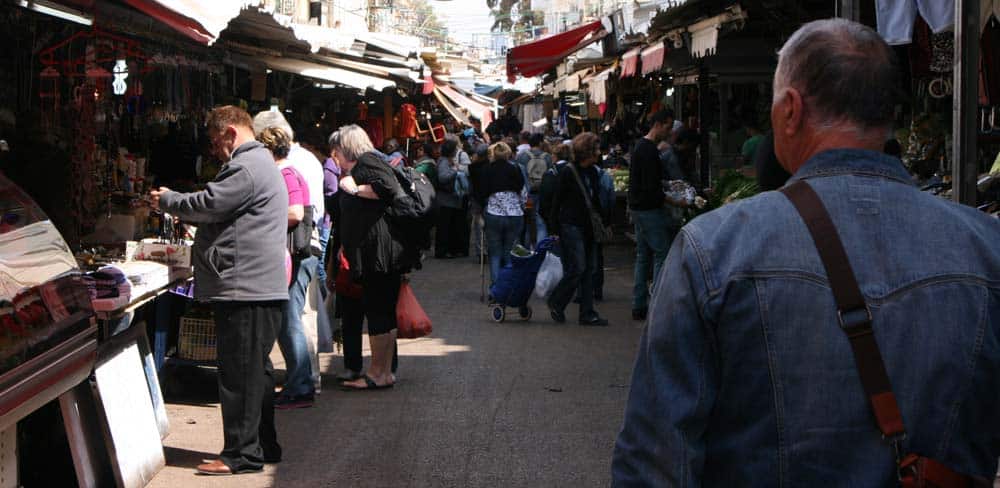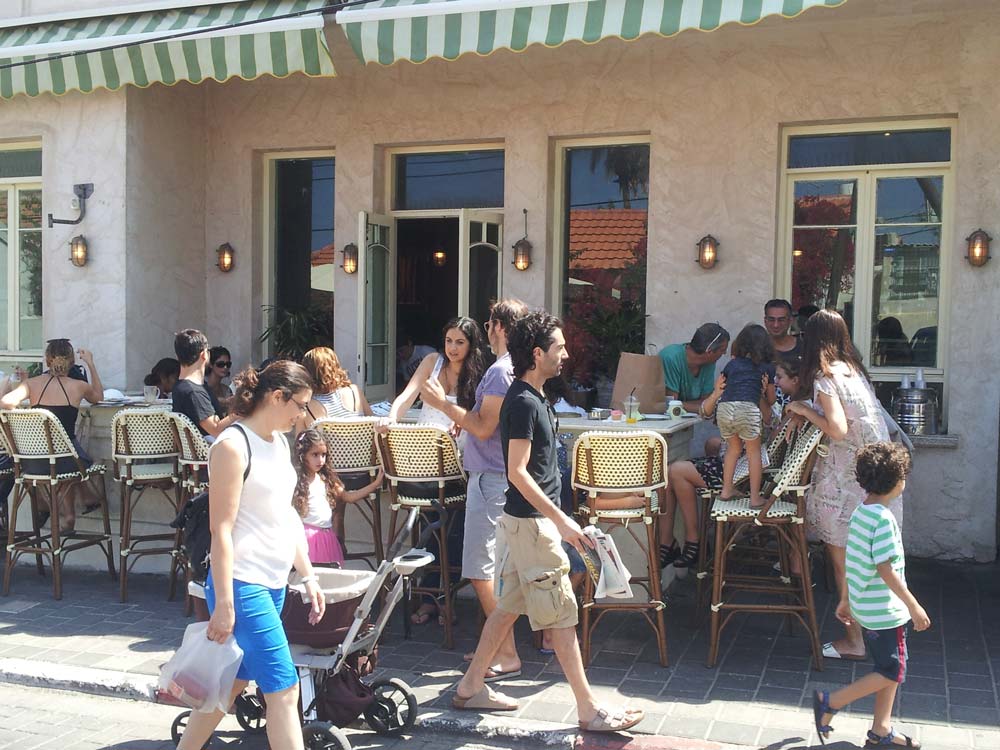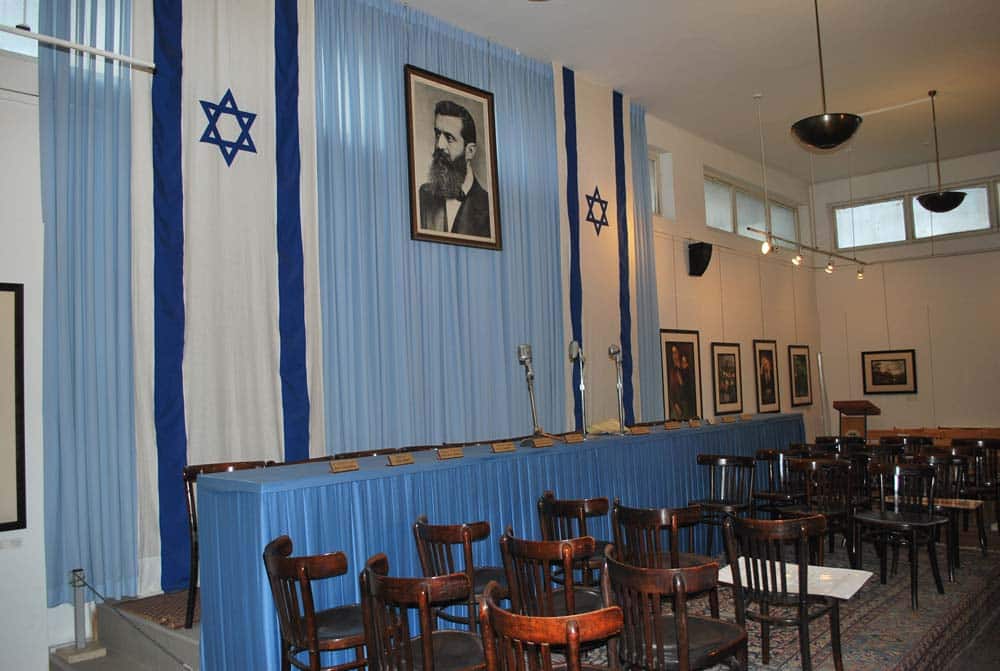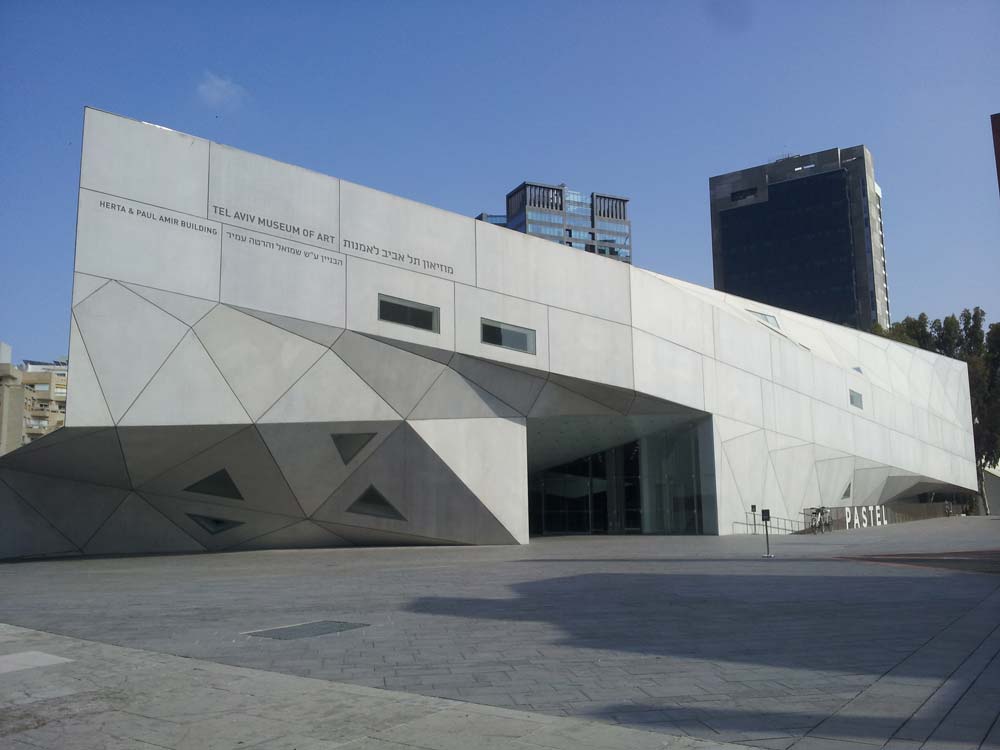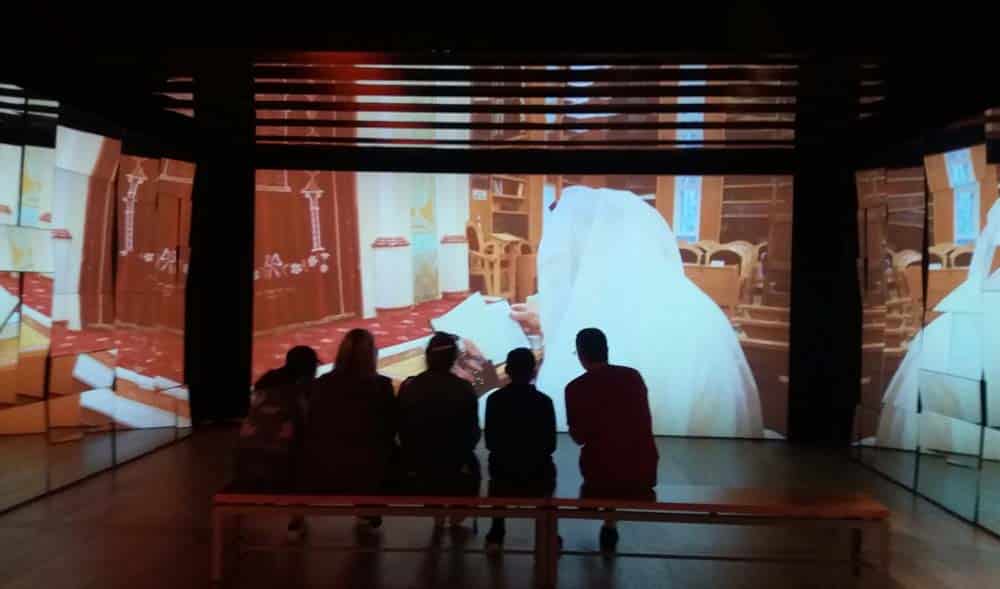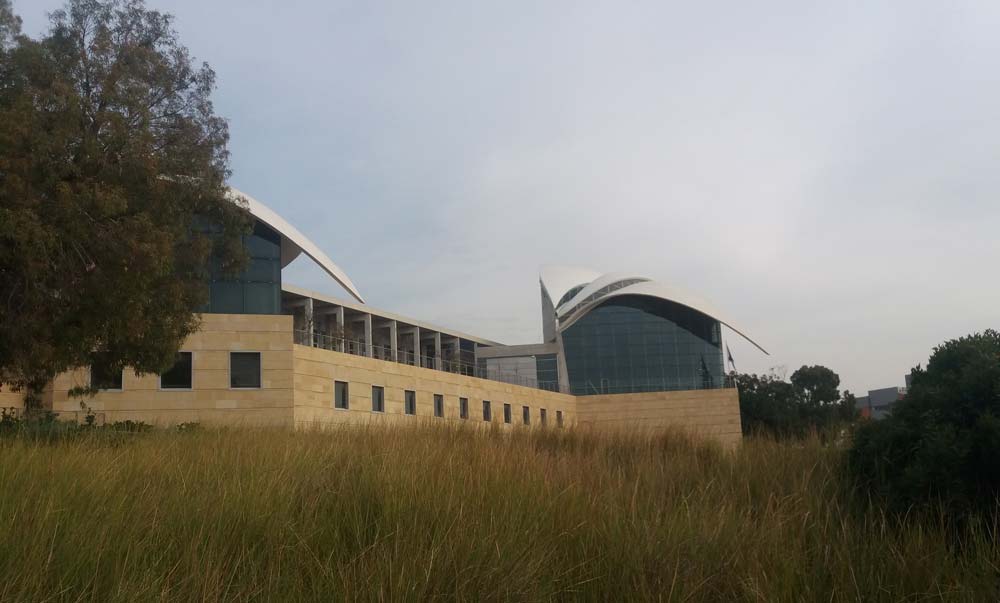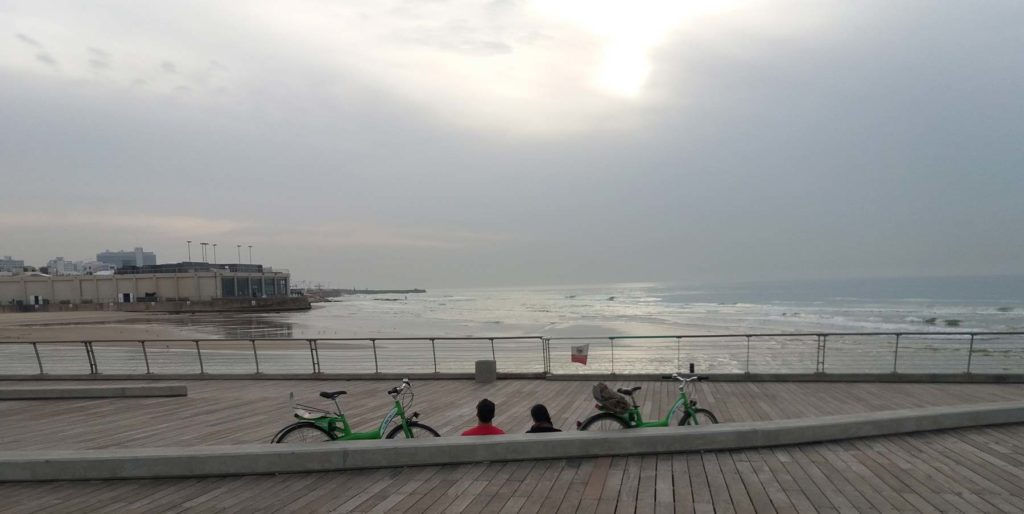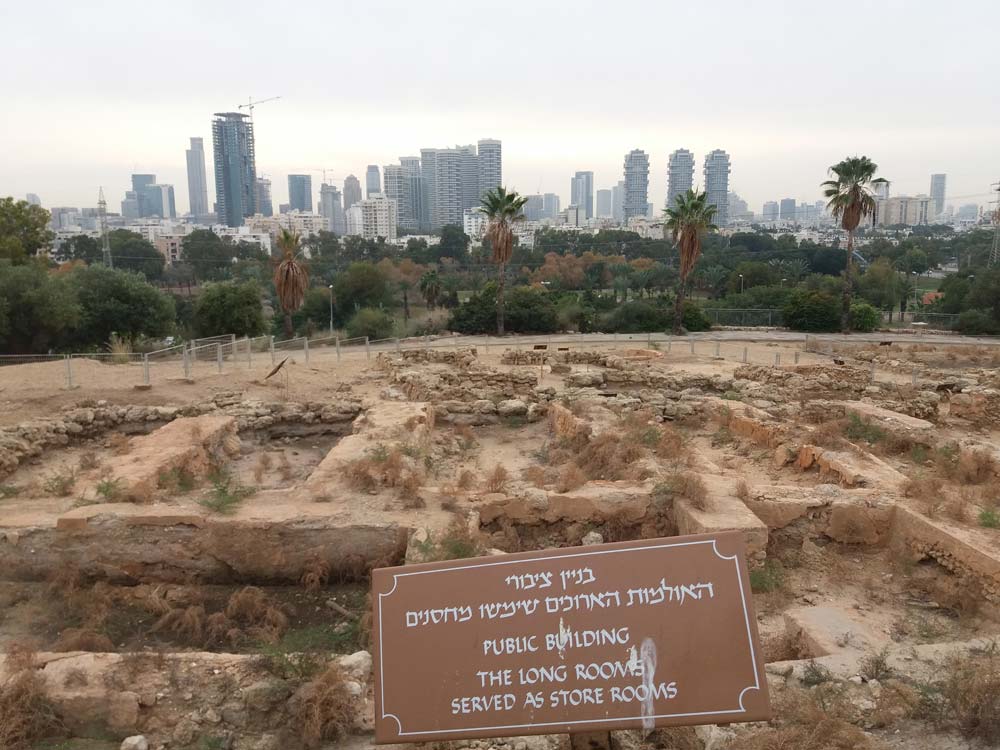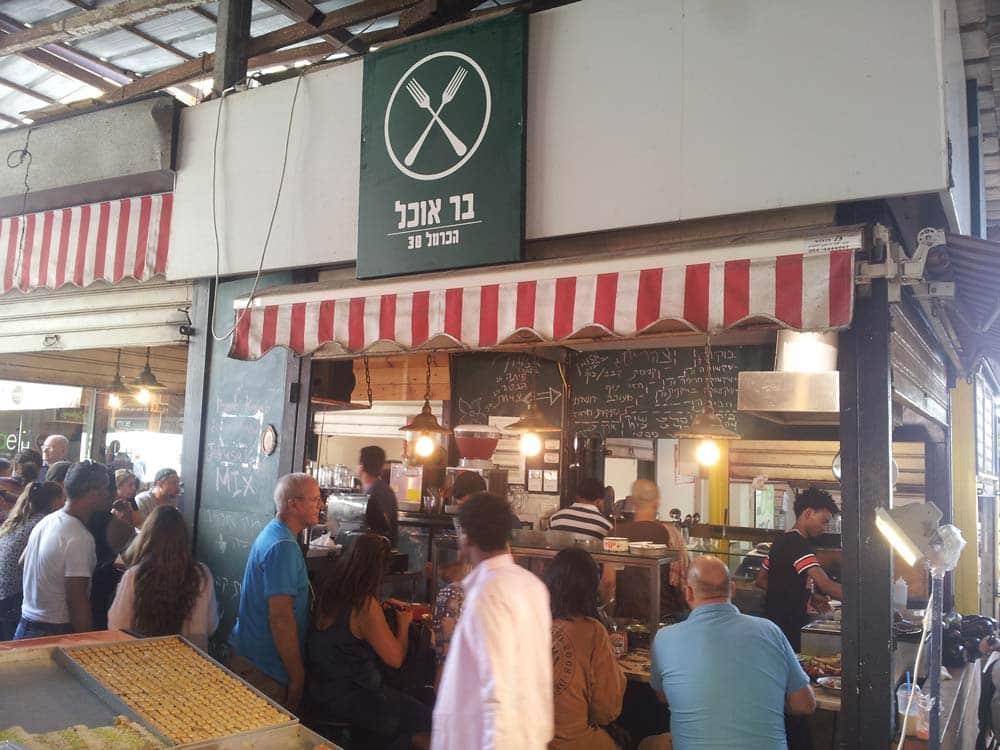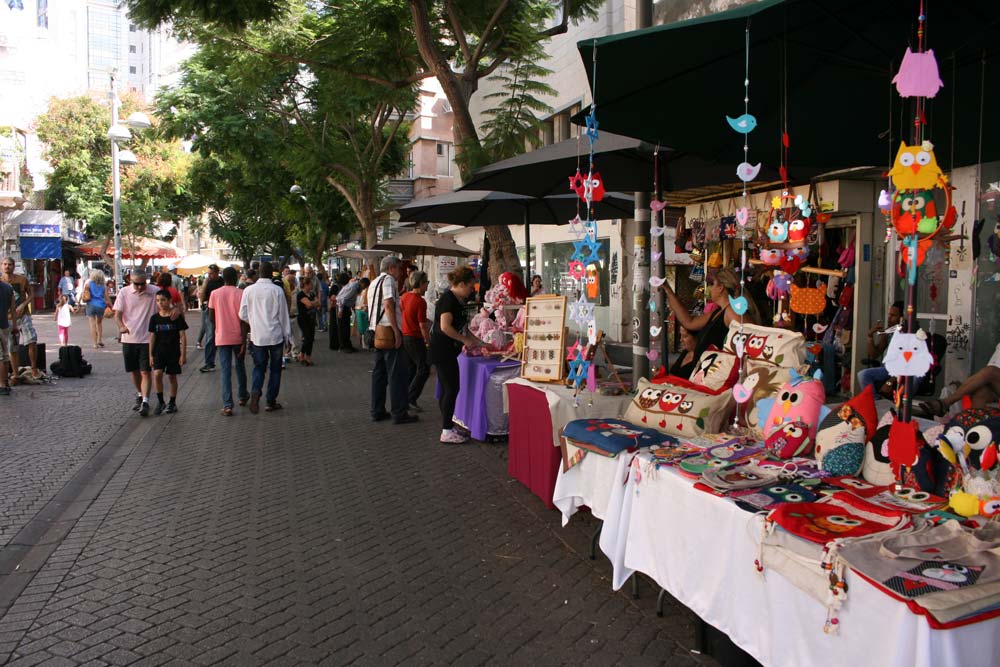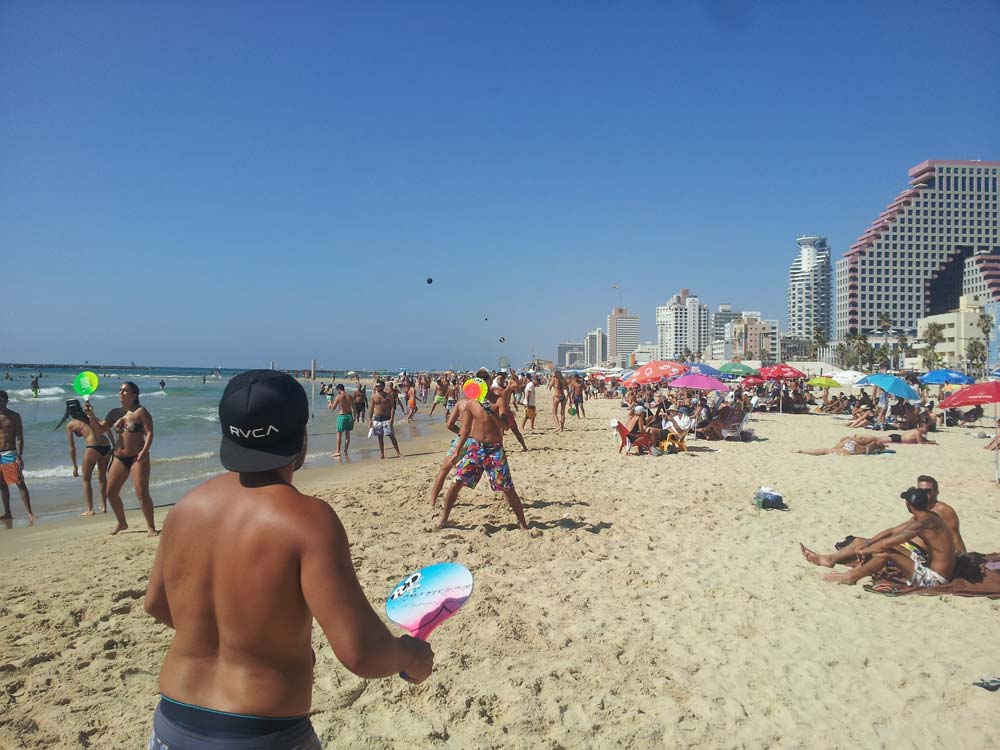If the weather is good, start with the first day and, if not, then start with the second day, which has more indoor sites. In Tel Aviv it doesn’t get particularly cold in winter, though there are some stormy days, and in summer it can get very hot, with high levels of humidity.
Getting around in Tel Aviv
You can take taxis or buses (if you want to use the underground train you will need to wait until 2021) or simply use the best way to get around Tel Aviv: on foot or by bike. Tel Aviv is small and flat. A twenty-minute bike journey from the city center will get you to most places.
